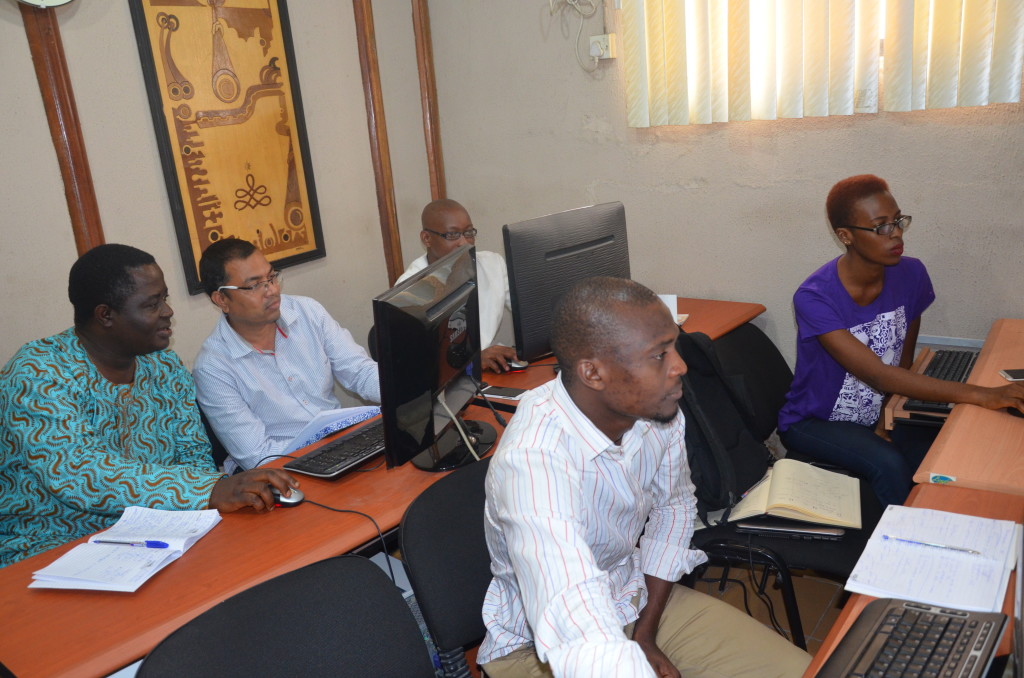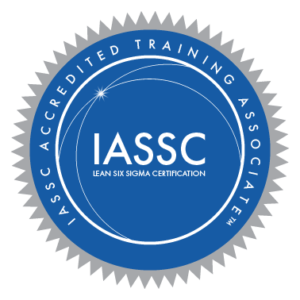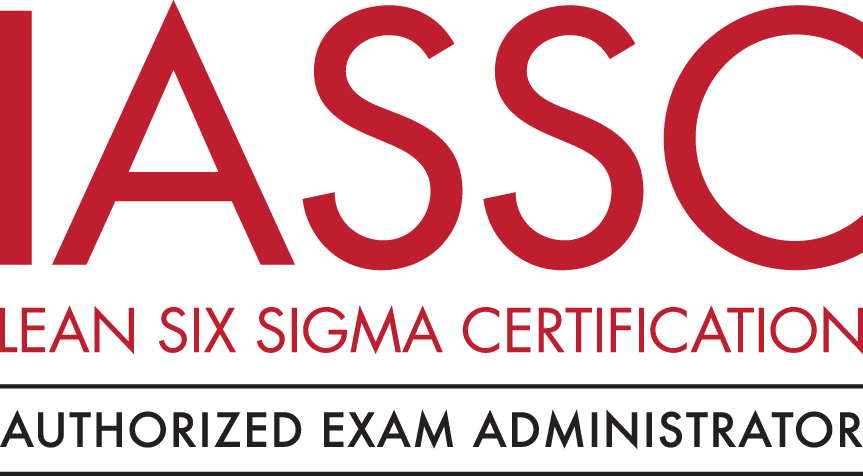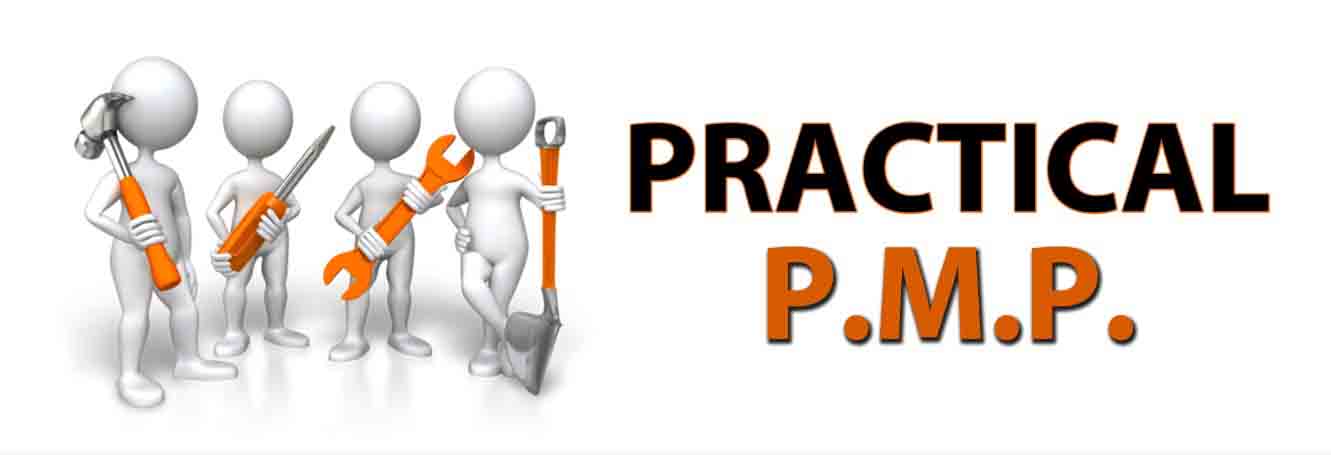“If a picture is worth 1000 words, a prototype is worth 1000 pictures”
I am not writing this as an expert but as someone who has personally coached approximately 550 delegates towards passing the PMP® exam. Being in the business of learning, I realized that the major barrier to skill acquisition is not intellectual…. But mostly emotional! The initial frustration of overcoming the gravity of new knowledge is real and getting pass this initial barrier requires more of “practice” as opposed to “reading” especially for delegates without standard Project Management experience.

PMtutor Complete Delegates interpreting the PMBOK Guide with a Software Application
Being fortunate to experience formal education in different regions of the world, I can categorically state that learning is abstract in this part of the world. This environmental phenomenal shape the way we learn; we grasp at new concept that we have never physically seen and try to make sense of it. Part of this nursery rhyme comes to mind; “Twinkle twinkle little star, how I wonder what you are?” Since, we keep wondering, we resort to cramming the definitions without understanding them. This accounts for a major proportion of failure rate we experience in the PMP® certification exams.
I continuously seek ways to improve the cognitive level of delegates that attend our courses and programs. We observe by analyzing our in-house data that we record a 100% pass rate for delegates who partake both in our Practical and Preparatory courses. The common language from feedback is that the processes become easier to remember and analyze when they attend the PMtutor Practical classes like “Premium” and “Enhance” due to repetition and application of key concept to every day scenario. This is how Oluwole Johnson from Petroleum Equalization Fund (Management) Board puts it:
“ I just finished my exam in a center in Nova Scotia. Amidst the cold, I was able to pass the PMP® exam on my first attempt. Thanks to the PMtutor Practicals and the online study materials and simulation practice test of PMtutor, I was able to pass easily. The practical lecture was very interactive and made the exam easier to write.”
One of my favorite books of all time is the Outlier by Malcolm Gladwell. It focuses on the causal elements of success and postulates that it takes 10, 000 hours of practice to get to the expert-level performance in any competitive field. However Josh Kaufman in his famous TEDx Talk elaborates on this point using the learning curve research that it takes 20 hours from Grossly Incompetence level to Reasonable Good level. He highlights 4 simple steps to rapid skill acquisition, which will be the basis of my submission.
1. Deconstruct the skill:
The PMP® Exam tests your knowledge of The PMBOK® Guide up to Analyzing in the cognitive level according to Bloom’s Taxonomy of Learning Domain. For ease of understanding, the PMBOK® Guide has already been broken to Knowledge Areas but learning the Inputs, Tools and Techniques, Outputs (ITTO) can be daunting.
Understanding the ITTO can easily be attained through PMtutor Practical Classes as delegates get visual confirmation of input and output documents. Creating documents with software applications makes the tools and techniques easy to assimilate.
Since your aim is to pass the exam not to show professional competency, it is advisable to further decompose each process to the types of questions that you may encounter in the exam like Scenario, Definition, Sequence and List of Lists.
2. Learn enough to self-correct
The importance of pacing is highly emphasized when learning; Mastering each chunk of the PMBOK® Guide through self-examination using the various question type is vital to success. At PMtutor, we ensure that delegates are exposed to these question types while pacing each knowledge area.
3. Remove practice barrier
I always advise my delegates to take at least two weeks off before writing the PMP® exam. They are required to dissociate themselves from work, TV and domestic distractions. Focus is vital to any real progress. The idea is not to take the exam immediately but to escape the initial frustration and inertia of learning something new. This will put you in the right zone of learning.
4. Practice for at least 20 hours
The 20-hour practice is not to become an expert but to make delegates good enough to understand the PMBOK® Guide. 2 hours per day for 10 days consecutive (without breaks) is required to put the delegates in the zone to gain mastery of the exam. This is a vital step to ease delegates into the exam mode.
After the 20-hour practice, delegates can practice strategies to ace the exam. PMtutor encourages the following strategies using online simulation mock examination questions:
- Read Each Questions Carefully
- Don’t Dwell on any one question
- 1st Pass, Skip Hard Questions
- 2nd Pass, Review Skipped Questions
- Do Not Second Guess Yourself
- Always get down to two Viable Answers
- Watch for distracters
- Guess if you Must
PMBOK® and PMP® are registered marks of Project Management Institute, Inc.








